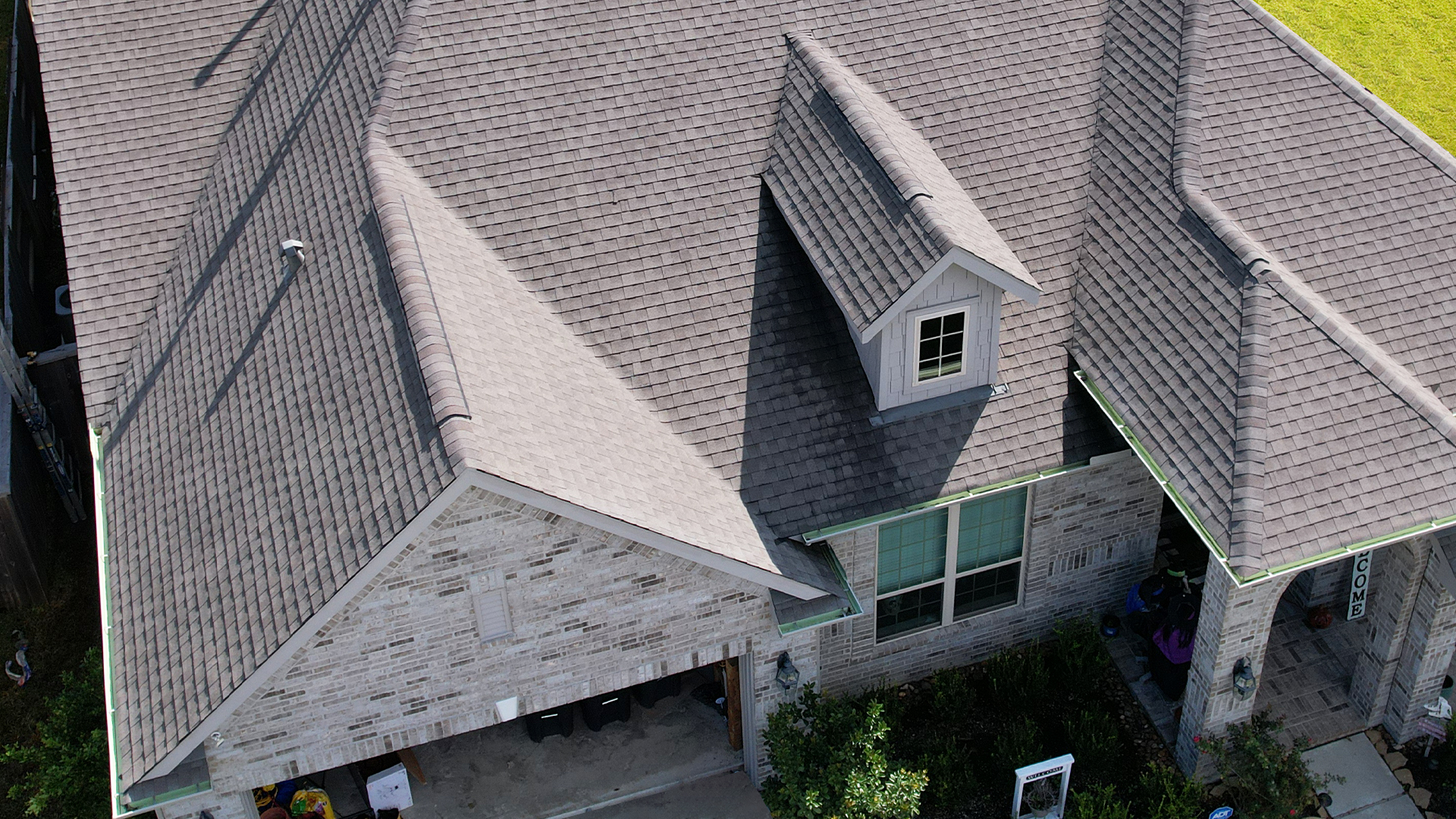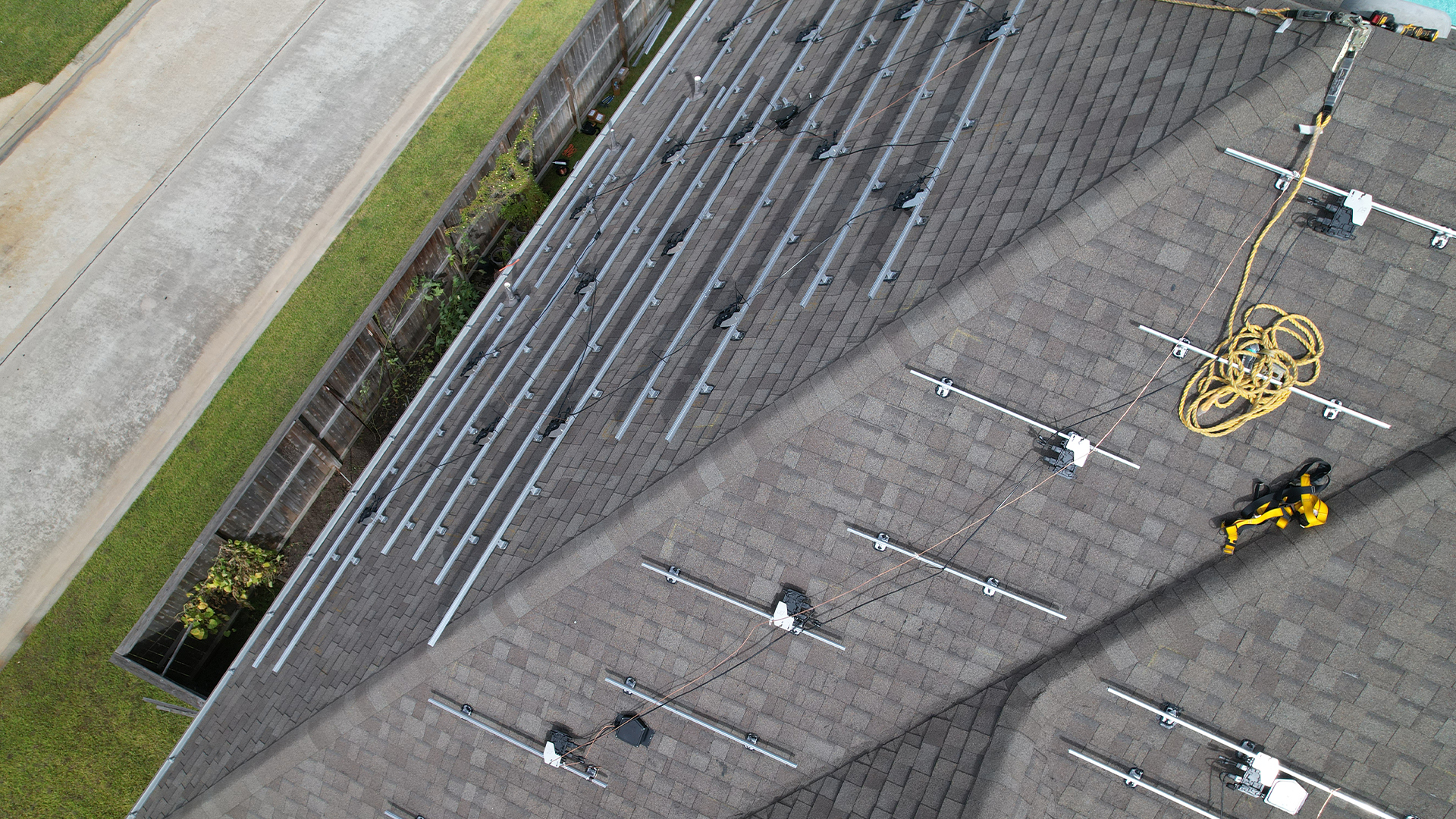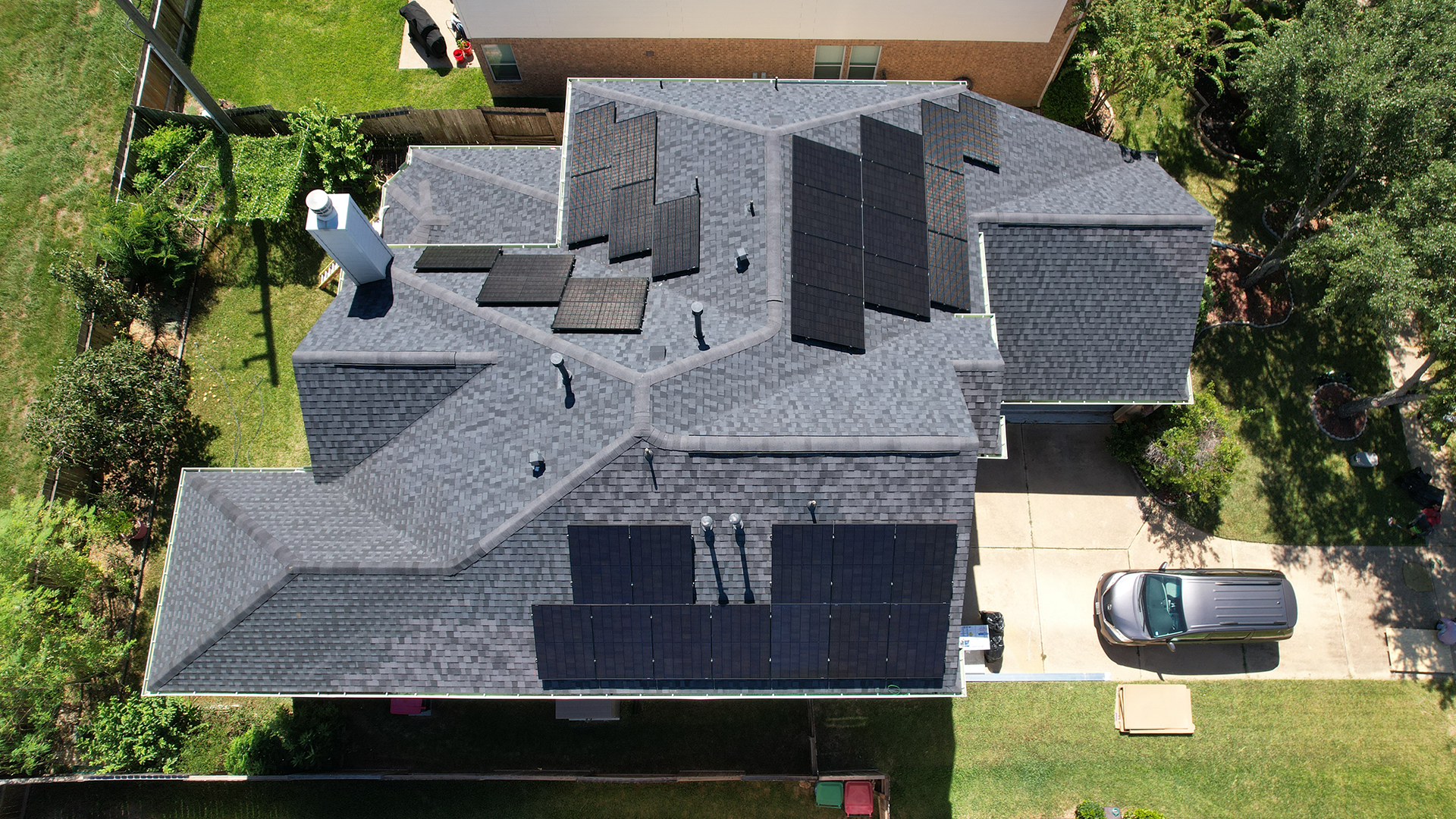Locally Owned and Operated Family Business
True Texas Solar residential consultations include a site survey and project discovery, where we utilize custom software tools during the estimation and design process. Our experienced team follows a detailed site survey and design process that allows us to provide homeowners with an accurate and fair proposal. Our Process on Solar Energy Systems in Katy, TX & Willis, TX ensures a seamless experience tailored to meet your energy needs.
Our Process
PROCESS1
1. Find out if solar is right for you
Site factors
Nothing shading your roof
A southerly-facing pitch
Space for panels
Installation-friendly roofing materials
Logistical factors
Higher cost of grid energy (> 10¢ per kWh)
Solar-friendly utility
Net metering/solar buyback
HOA approval
2
2. We Submit a Cost Proposal
Once we believe that you would benefit from having a solar system and understand the likely costs, we’ll provide a comprehensive proposal. This document details the complete scope of work, pricing, system specs, and performance projections. Included in the proposal is the contract to begin work.
3
3. Design and Engineering
Every roof’s structure, size, orientation, and material is unique, so your system has to be designed before it’s installed. We also take into account wind loads, proximity to your electrical panel, and aesthetics. These systems are made to last for decades, so each one is designed and stamped by a licensed engineer.
4
4. Get permits
Depending on where you live, there may be a municipal permit required in order to install a solar system on your roof. We ascertain permitting requirements way back at the Assessment stage, so there are no surprises, but this is often the biggest bottleneck in the process. Our experience has taught us how to streamline permit applications, so you’re in good hands.
5
5. Installing the System
Residential installs generally take only a couple of days. We’ll establish a safe route from the ground onto your roof. This is generally a ladder or two, but we use bucket trucks, boom lifts, and even cranes. We’ll begin mounting the hardware, then setting rails, followed by securing the panels themselves. Once everything is installed according to our engineering, we’ll wire the panels together. This actually takes a little bit of math to coordinate circuits to maximize your system’s output.
Concurrently with mounting the panels, a licensed electrician will run conduit and electrical wires from the rooftop to your power panel. We’ll plug in an inverter and some other hardware that makes the system work, and test it all to make sure it works peachy, prior to calling for an inspection.
6
6. Pass inspection
If your system required a permit, it will also require an inspection. A skilled inspector from your city or municipality will come to verify that we put the system in properly. They’re looking to see that all the fasteners are in place, that the panels are connected and working properly, and that we didn’t put any problematic holes in your roof. Once the inspector gives us a green tag of approval, we flip on the system and let it start generating for you.
7
7. We'll Walk You Through It
We will help you register warranties and apply for all the various incentive programs. We will provide all documents and support after the installation is complete.
8
8. Free Electricity!
Granted, you just dropped tens of thousands on your new system—whether for residential use or commercial solar needs—but your very next power bill will be significantly smaller than the one before, and this savings will continue for decades. Not only are you doing a solid for the planet, but the system will probably pay for itself several times over.




